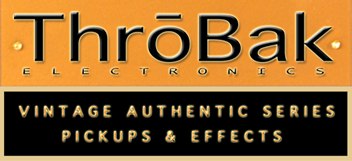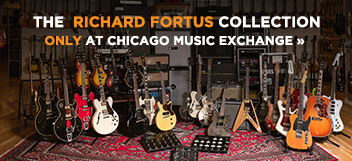I hear you guys. I have not played this amp. It is at a guitar center. I'm not overly concerned about that though. My friend works at the local guitar center and always takes care of me. I know the general perception is that GC is taboo, but I have never had a problem with their return policy and their vintage inventory is one of the best. I would have the guitar shipped to the store and it would never leave if I didn't like it. Then I have two or three days to return it if I do take it home. I have gotten better deals price-wise from GC than I see at other dealers... As we saw in the thread on the tweed super recently, there are deals to be had there.
I would guess $700 +/- is what they probably have in the amp.
I want to make sure I understand the consensus, please allow me to repeat and correct where I deviate.
1. $1200 is the top end of the value of the amp. If I buy it and keep the amp, then its worth it. If I buy it and decide to re-sell it, I will most likely lose money.
2. Trust my ears.
3. I don't understand the replica/clone market. Many of the amps are very near in cost to the comparable vintage amp. Modern transformers are not the same as vintage ones, but for some reason, it doesn't seem to be an issue for many...why is that?
Thank you kindly. I have plenty of time to think this decision over and I appreciate everyone sharing their thoughts. I won't rush into this. I know what I want tone-wise, I just have to figure out how I'm going to get there. I don't really care what the name of it is, just the sound and if it inspires me. It would be cool if it was a '60 fender to go along w/ the theme I seem to have, but I won't limit myself to that.
I would guess $700 +/- is what they probably have in the amp.
I want to make sure I understand the consensus, please allow me to repeat and correct where I deviate.
1. $1200 is the top end of the value of the amp. If I buy it and keep the amp, then its worth it. If I buy it and decide to re-sell it, I will most likely lose money.
2. Trust my ears.
3. I don't understand the replica/clone market. Many of the amps are very near in cost to the comparable vintage amp. Modern transformers are not the same as vintage ones, but for some reason, it doesn't seem to be an issue for many...why is that?
Thank you kindly. I have plenty of time to think this decision over and I appreciate everyone sharing their thoughts. I won't rush into this. I know what I want tone-wise, I just have to figure out how I'm going to get there. I don't really care what the name of it is, just the sound and if it inspires me. It would be cool if it was a '60 fender to go along w/ the theme I seem to have, but I won't limit myself to that.




